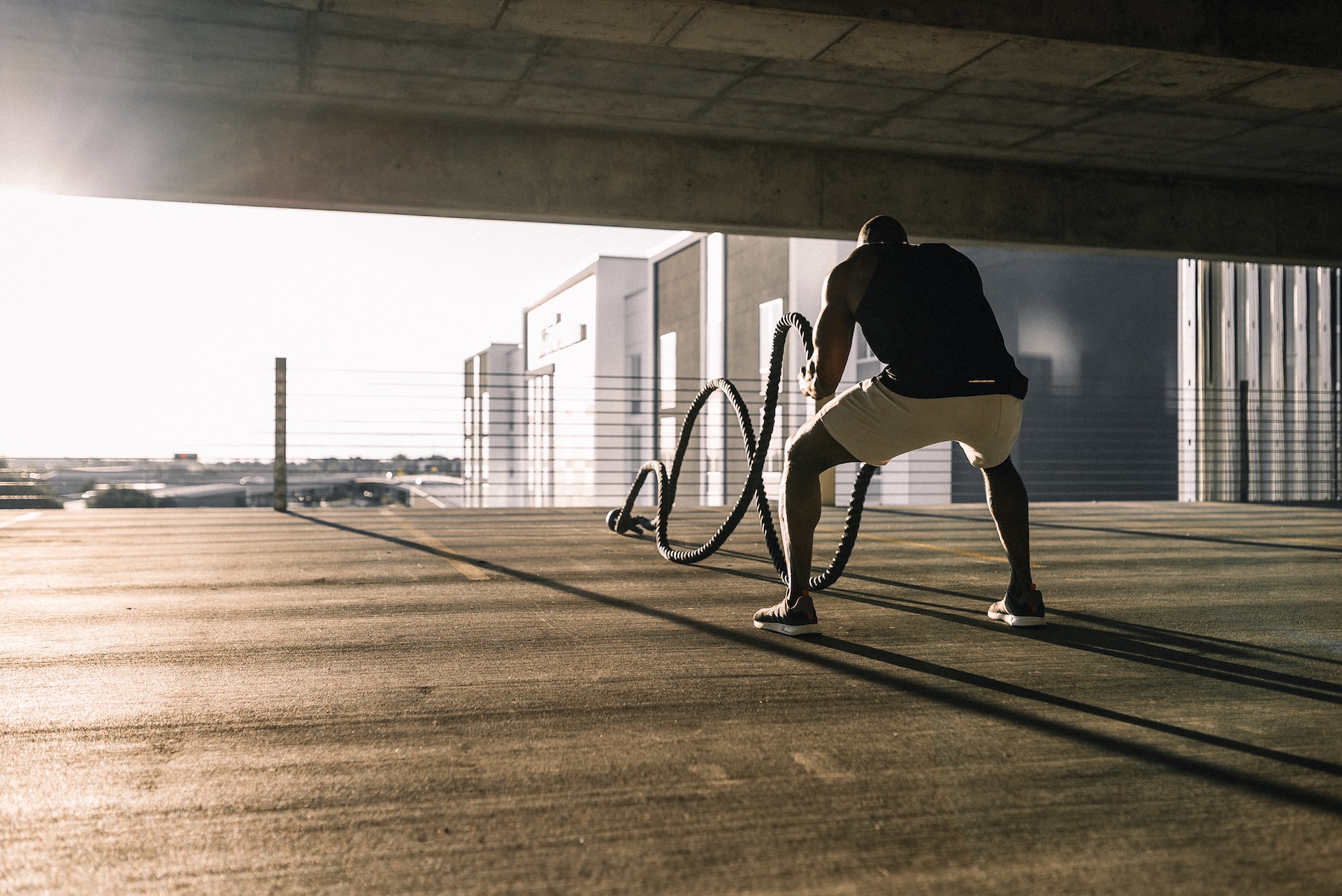Do you know how to exercise your abs?
Certainly, I’d be happy to guide you through some common and effective abdominal Abs exercise method. Remember to consult a fitness professional or medical expert before starting any new exercise routine, especially if you have any existing health conditions or concerns.
Here’s a list of popular abs exercises along with instructions on how to perform them:
- Crunches:
- Lie on your back with your knees bent and feet flat on the floor.
- Place your hands behind your head or across your chest, avoiding pulling on your neck.
- Engage your core and lift your upper body off the ground, curling your shoulders towards your hips.
- Exhale as you lift and inhale as you lower your upper body back down, but don’t fully relax your neck and shoulders on the ground between reps.
- Leg Raises:
- Lie flat on your back with your hands by your sides or under your hips for support.
- Keep your legs straight and lift them off the ground while engaging your lower abs.
- Lower your legs slowly back down without letting them touch the floor.
- Focus on using your abdominal muscles to control the movement, rather than swinging your legs.
- Plank:
- Begin in a push-up position with your elbows directly under your shoulders and forearms on the ground.
- Keep your body in a straight line from head to heels.
- Engage your core muscles, glutes, and quads while keeping your back flat.
- Hold this position for as long as you can while maintaining proper form.
- Russian Twists:
- Sit on the floor with your knees bent and your feet flat.
- Lean back slightly and lift your feet off the ground, balancing on your sit bones.
- Hold your hands together in front of you and twist your torso to the right, then to the left, tapping the ground on each side.
- Bicycle Crunches:
- Lie on your back and bring your hands behind your head, elbows out to the sides.
- Lift your shoulder blades off the ground and bring your left knee towards your chest while straightening your right leg.
- Twist your torso to bring your right elbow towards your left knee, then switch sides in a pedaling motion.
- Reverse Crunches:
- Lie on your back with your hands by your sides or under your hips.
- Lift your legs off the ground, bending your knees at a 90-degree angle.
- Curl your hips off the ground while bringing your knees towards your chest.
- Lower your hips back down without fully resting them on the ground.
Certainly, let’s discuss some general principles and concepts related to abs training:
Progressive Overload: One of the fundamental principles of strength training is progressive overload. This means gradually increasing the resistance, intensity, or complexity of your workouts over time. For abs training, this could involve increasing the number of repetitions, sets, or incorporating more challenging variations of exercises as your strength improves.
Frequency and Consistency: While abs are a smaller muscle group compared to larger muscle groups like the legs and back, they still benefit from consistent training. Aim to include dedicated abs workouts 2-3 times a week, but also remember that compound exercises like squats and deadlifts also engage your core.
Nutrition and Body Fat: Having strong abdominal muscles is important, but for those muscles to be visible, you need to manage your body fat percentage. Nutrition plays a crucial role in this. A balanced diet that supports your overall fitness goals will contribute to revealing a toned midsection.
Compound Movements: Compound exercises like squats, deadlifts, and overhead presses indirectly engage your core muscles as stabilizers. Incorporating these movements into your routine can provide a holistic approach to core strength development.
Remember to focus on quality over quantity and maintain proper form throughout each exercise. Start with a number of repetitions and sets that challenges you without sacrificing form, and gradually increase intensity as you become more comfortable. Always warm up before your workout and cool down afterward to prevent injury.
